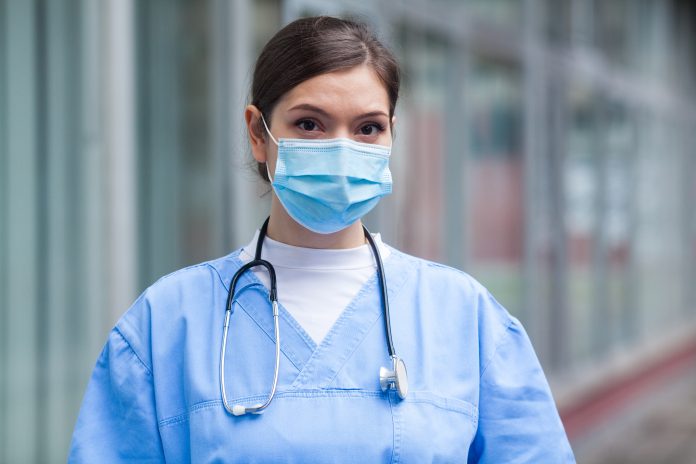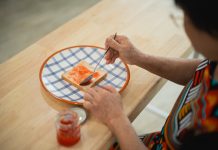Dr Owain Rhys Hughes, Founder and CEO of Cinapsis, explores how referral technology is helping to reduce the pressures on burnt out hospital staff within the NHS
If the last 20 months have taught us anything, it’s that NHS staff are incredibly resilient. But being resilient, brave and committed to doing your best for patients does not make you immune to becoming burnt out.
As reports reveal that up to 5 million NHS patients are awaiting treatment – a backlog worsened by Covid cancellations – staff right across the organisation are struggling with the effects of chronic pressure and stress. The most recent stats show that one in three junior doctors have experienced burnout, a situation that’s most likely replicated amongst all secondary and primary care staff, community practitioners, support workers and admin teams.
Aside from the fact that burnout is a horrible experience, burnt out staff are more likely to exit the NHS for good and are less likely to deliver the excellent standard of care that patients deserve.
This is not a problem that can be swept under the rug – staff are the foundations, the cornerstone, the pillars holding up the NHS. In order to recover from the pandemic and protect the NHS for generations ahead of us, we must focus our efforts on delivering new solutions to effectively tackle the root causes of becoming burnt out.
The increasing backlog is not the reason why clinicians are burnt out
Pandemic-related cancellations and redeployments have taken a toll on staff workloads; however, burnout was endemic prior to 2020 in the NHS. The real culprits are not only rising patient numbers but inefficient, outdated processes and technologies coupled with siloed workflows and broken chains of communication.
The patient referral process is a prime example. Typically, when a GP, paramedic or other primary care worker requires advice on the best treatment course for a patient, the process of obtaining this is painfully slow. They may need to call a hospital switchboard and wait to be put through to a consultant, they may need to write an email, take and attach patient photos from their camera roll and await a response. Often, whatever communication they have goes unrecorded, and more often than not the patient will end up making a visit to a clinic or the A&E which they don’t need.
This analogue and siloed way of working is wasting the time of everyone involved, it’s piling pressure on secondary care services, and it’s frustrating for patients who don’t receive optimum care.
Tech solutions to tricky problems
‘Advice and guidance’ is the umbrella term used to describe digital platforms that are transforming patient referrals from end to end. Typically, these platforms enable on-the-spot sourcing of dialogue and support via voice or video call and have secure photo-sharing abilities with no storage on the personal device.
Accessible directly from the clinical system, on desktops and on mobile apps, the tools are designed to direct referrals to the right services first time where a referral is needed. They provide a secure means for patients to receive care in the most appropriate setting in accordance with best-practice referral guidelines, preventing duplication and saving crucial time for busy staff. They also make it possible for clinicians working in primary and community care to quickly discuss cases with the right specialist in secondary care. Crucially, they break down silos and replace them with a collaborative, supportive and integrated approach.
Measuring impact
The One Gloucestershire Integrated Care System (ICS)* began using the Cinapsis SmartReferrals digital platform in 2019, in order to support staff to work remotely and triage patient referrals to the right pathway faster.
The Trust’s GPs, nurses, and later paramedics and mental health workers wanted to use the platform to access specialist advice and guidance quickly and securely and to take and share clinical photographs using their own smartphones.
The results have been impressive. Dermatologists in the Trust now complete advice and guidance requests remotely using any device and do not require a smartcard – they complete twice as many cases compared to other platforms and 70% of cases are completed without the patient needing either a face-to-face or virtual dermatology appointment. Patients are triaged to the right outpatient clinic first time, removing unnecessary follow-ups and freeing up capacity in 2-week wait clinics.
A smarter, more joined-up future of care
Dialogue and support tech is just one example of how the right innovative solutions, deployed in the right way, can have a disproportionately large impact on reducing workforce burnout.
Going forwards, we need to focus on identifying the ‘sticking points’ – like referrals – that eat up time and energy and then deliver tested solutions that have a measurable impact right from the start. From enabling collaborative cross-border working to delivering efficiencies where it really matters, every step forward is a step towards improved staff retention, wellbeing and performance. Referral tech alone will not cure NHS burnout, but it does have the potential to make the NHS more joined-up, supportive to staff and therefore stronger, more resilient, and better able to deliver outstanding care.
*Members of the One Gloucestershire ICS include Gloucestershire Hospitals NHS Foundation Trust, Gloucester Health and Care NHS Foundation Trust, NHS Gloucestershire Clinical Commissioning Group (CCG), the South Western Ambulance Service NHS Foundation Trust and all of the region’s 73 GP practices.











